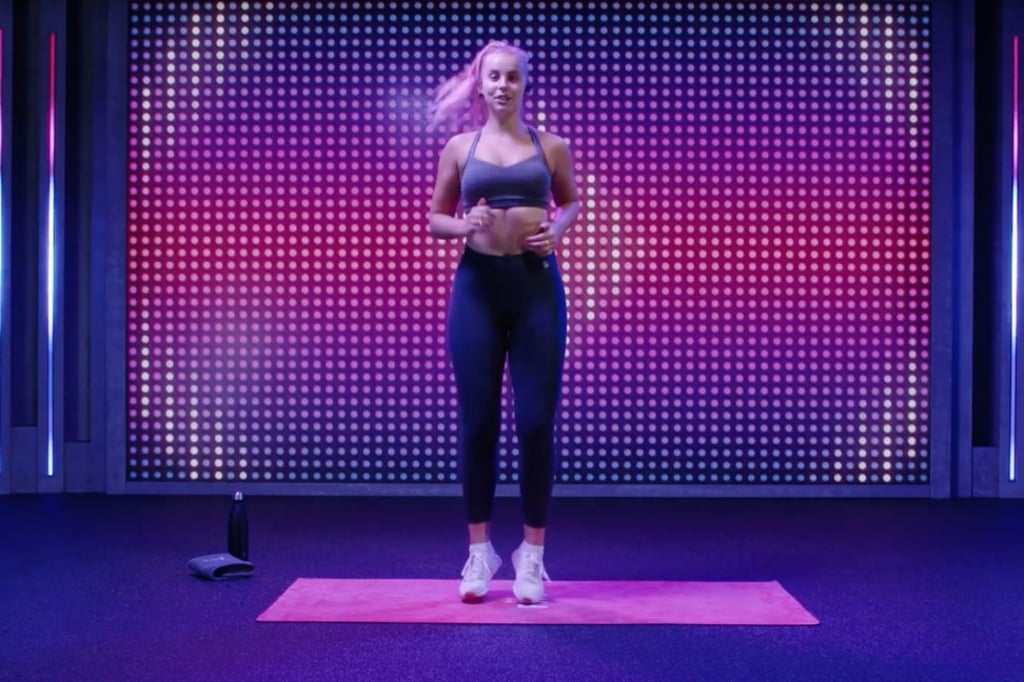Will home workouts and HIIT replace gyms? How digital fitness is booming and the apps leading the way
- Online services such as Fiit, Peloton and Hydrow are part of a burgeoning digital fitness sector out for a bigger slice of the fitness industry
- Users like the structured workouts, convenience and – particularly for women – not having to deal with problems that can arise at gyms

Chessie King whoops, flipping her ponytail out of her face. Her partner, Mathew Lewis-Carter, grunts with exertion, sweat pouring from his brow. Five cameras pick up every move as they lunge and thrust in front of a pulsating LED screen at an East London studio, where they are filming a high-intensity workout class for at-home fitness pioneers Fiit.
The footage will be broadcast via the Fiit app as a live class. Users will be able to join from the comfort of their own homes. If they choose to use the app’s heart-rate monitor – a small device provided when signing up for premium membership – they can compete with other users on a live leader board. There are also classes available on demand, for the less competitive.
Fiit and the other players in the burgeoning “digital fitness” sector are all out for a piece of Britain’s £4.9 billion (US$5.9 billion) fitness industry, which the market-research group Mintel predicts will grow to £5.3 billion by 2023. Their aim? To bring the gym to you, in some cases with hi-tech wearables or equipment, or through guided workouts on your phone.
The Fiit app has been downloaded by 150,000 users since its launch in April last year, who have taken a combined 500,000 classes like this one.

Although the class is only half an hour long, it takes twice as long to record, meaning King and Lewis-Carter – fitness influencers and personal trainers with 633,000 Instagram followers between them – look knackered. But to get at-home users through the gruelling routine, the trainers have to project the positivity typically associated with children’s-TV presenters.